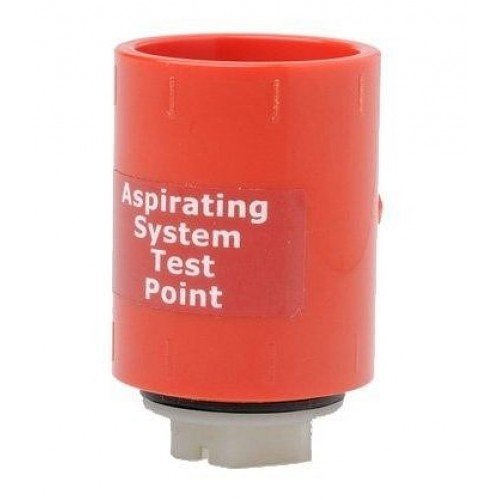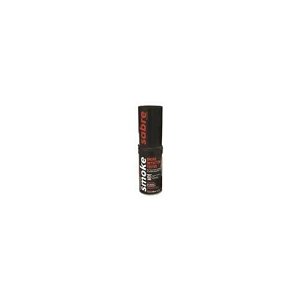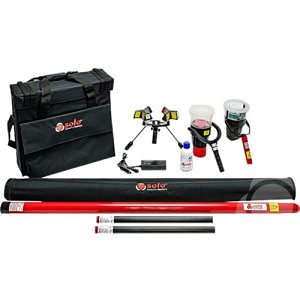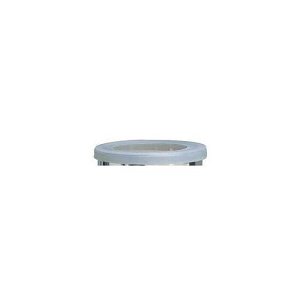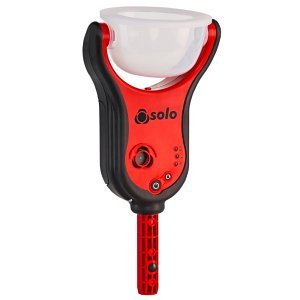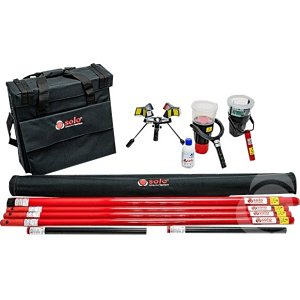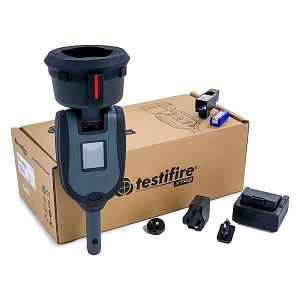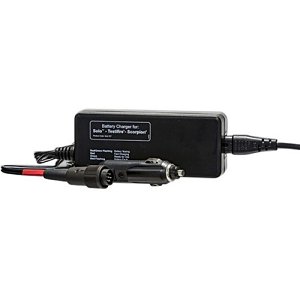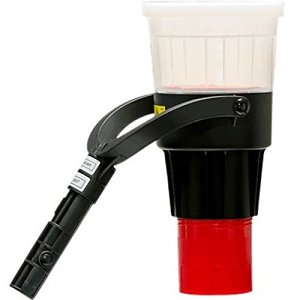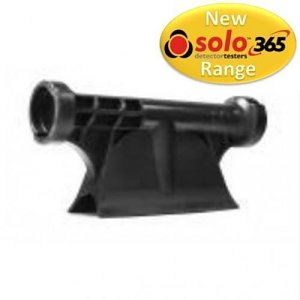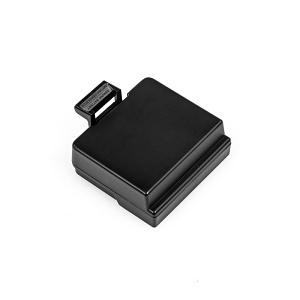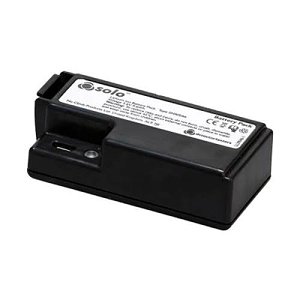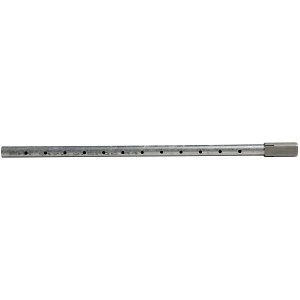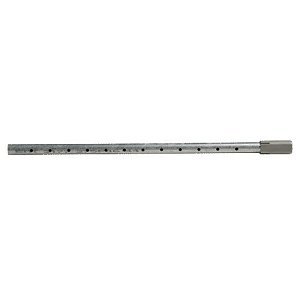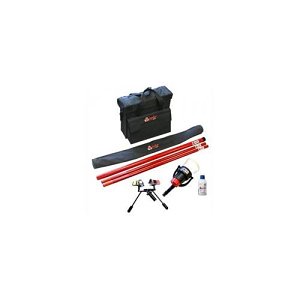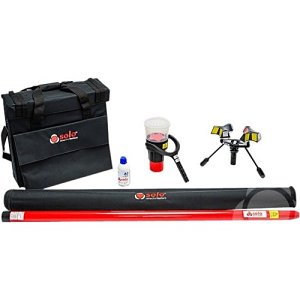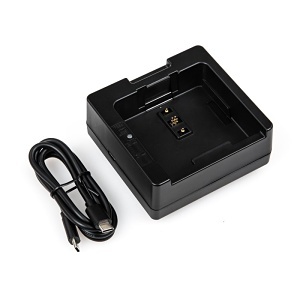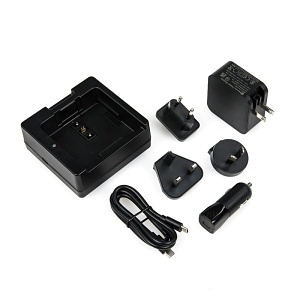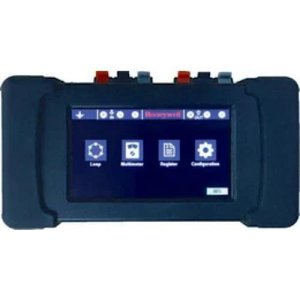This site uses cookies and related technologies, as described in our privacy policy, for purposes that may include site operation, analytics, enhanced user experience, or advertising. You may choose to consent to our use of these technologies, or manage your own preferences.
-
SHOP
-
Video Surveillance
-

Surveillance Storage Solutions NEW HONEYWELL 35 SERIES AI CAMERAS
SIMPLE SECURE AFFORDABLE NOW AVAILABLE AT ADI
Shop Now
-
-
Access Control
-
Fire
-
Intrusion
-
Smart Home
-
Wire & Cable
-
Communications
-
Pro AV
-
Data Comm & Networking
-
Tools & Hardware
-

How to Use Customer Service as a Growth Strategy
Grow your business with these simple tactics
Learn More
-
-
Batteries & Power Supplies
-

Every Job Needs Power, Every Install Needs WattBox
Power solutions that reduce call outs through remote management
Shop Now
-
-
Video Surveillance
- Brands
-
Deals
-
SOLUTIONS & SERVICES
- Services
- Commissioning
- Pre-Build & Configuration
- Pre-Terminated Cable
- Product Demos
- Site Surveys
- Software Integrations
- Spray Painting Services
- System Design
- Troubleshooting
- Monthly Flyer
Search History
Sign In
Hi, null
|



































